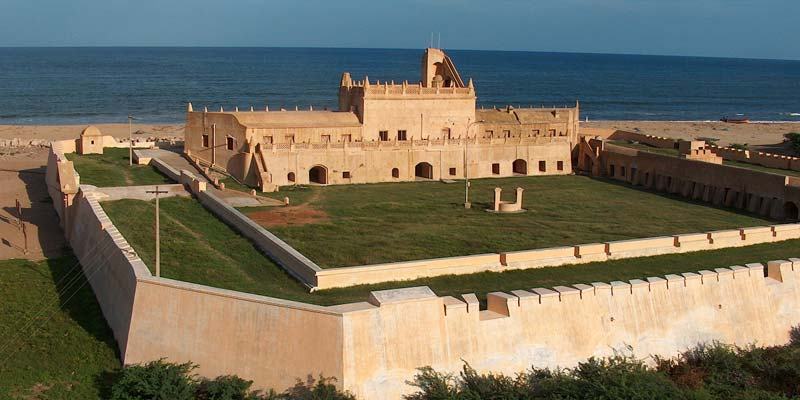Tranquebar Tamil Nadu India
History has always enchanted me. The way people used to live, the grandeur of their lives and the difference of then and now, has always somehow attracted me. Even in my school days, during History class, the text would leap up from the textbook and form vivid imagery in my mind of the kings and queens getting off their horses, or the mighty British increasing their empire, or maybe of Tansen, as I used to imagine the tune of his instrument that could bring rains and light up candles. My fascination with history never left me. Even today wherever I go I try to find a slice of history in it.
One such place that once again brought the same vivid imagery back in my mind was a place that does find any mention in our school textbooks- Tharangambadi or Tranquebar in Tamil Nadu.
The word Tranquebar– literally translates to the singing of the waves and it is rightly so.
I had always believed Tamil Nadu to be a haven for the French colonisers, yet I found this place out of nowhere suddenly right in front of me.
History of Tranquebar
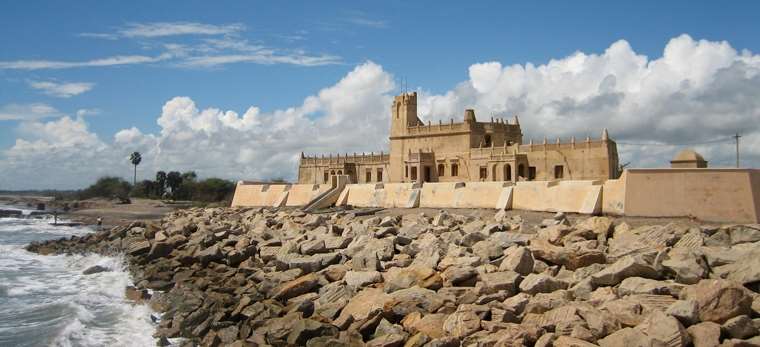
This place was the colony of the Danes- Denmark. The Danes always had a strong trade relationship with South India and Sri Lanka. Yet, their trades were severely hampered with the East India Company started spreading its roots. The then Danish general Ove Gjedde decided to form an alliance with the king of Tharangambadi and establish a home away from home for the Danes.
The king readily agreed, and this little town became a Danish settlement. The Danes, however, started leaving this place after the Danish traders started giving up their power to the East India Company. But even today, this village has managed to cling to its roots and origin and has retained the Danish flavour that it has once flourished in.
The Town
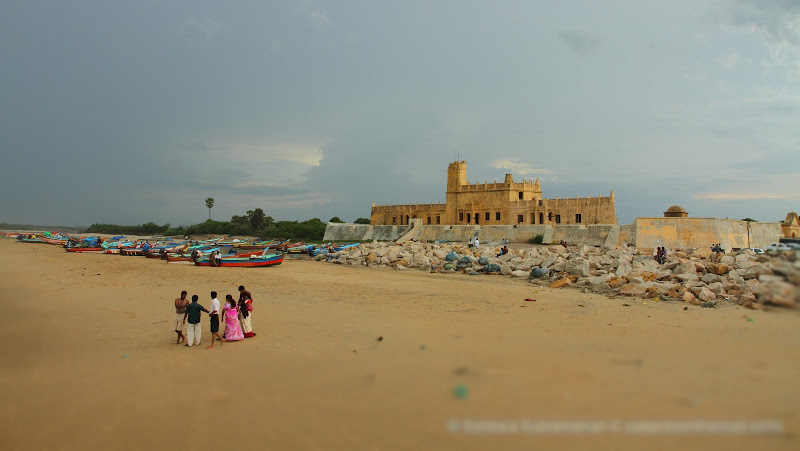
My journey to Tranquebar started after a heavy breakfast from Pondicherry. It is a three hours drive, and I occupied myself by glancing at the different kinds of landscapes that we passed throughout the journey.
Just as my wristwatch struct 1:15 pm, I could see a royal Danish gateway standing proudly. As I got off from the car and started approaching the intricately decorated gate the sea breeze started playing with my hair. The breeze was so refreshing, all of my weariness passed away and I stood there to admire all the vintage type houses lined after the gateway. I had stepped into a town well stuck in the past.
Fort Dansborg
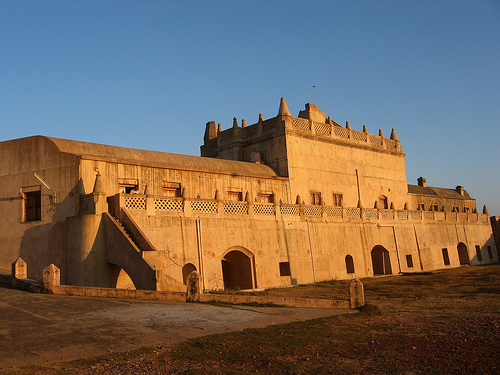
The first place to visit on my list was the famous Fort Dansborg. This intimidating fort is strategically located at the sea, which heightens its might. The Fort is actually the second largest Danish Fort in the World.
This Fort had also survived a tsunami which ended taking 800 lives. Yet, this ancient colossal structure braved the waves, and not even a scratch was imprinted on its walls.
I walked inside this huge Fort, just as the sun started setting. The colours from the setting sun painted this Fort into a shimmering golden colour. The architecture is lovely, complete with high ceilings and columns. I stood on top of the Fort admiring the setting sun slowly disappearing into the Bay of Bengal that lay ahead of me. It was a captivating sight.
Tranquebar Beach
After admiring the sea from the top, I just had to run down and walk on the cooling sand. I reached the beach and instantly fell in love with the Bay of Bengal. One of the most restless seas- its huge and rough waves crashed onto the rocks and made the most beautiful symphony. The bungalows and the several casuarinas at the shore, just made this place picture perfect.
New Jerusalem Church
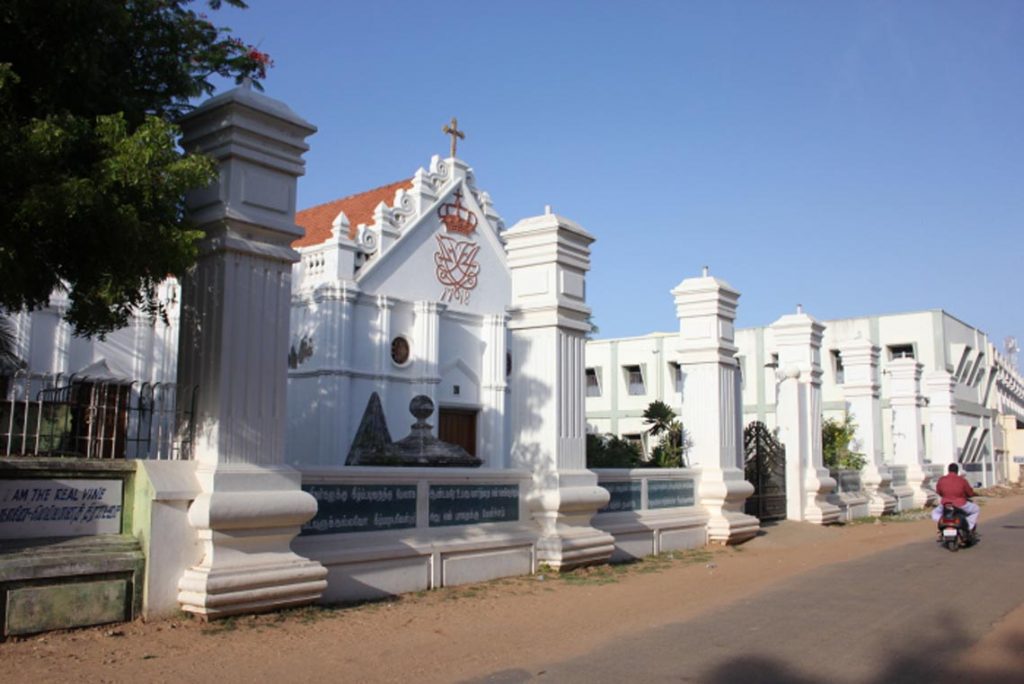
I woke up the next day to a lovely breakfast made at my hotel. As is stared out from the balcony with my cup of tea, I realised how great this place is for people just looking to chill and laze around. It is under the radar and doesn’t attract much crowd.
After putting my thoughts down, I left to visit another popular attraction here called the New Jerusalem Church. The architecture of this church is the perfect representation of the essence of this town. It is a blend of European and Indian designs, which makes the church so beautiful. It was built in 1718. It also holds a special significance- Batholomäus Ziegenbalg’s tomb, the first Lutheran missionary who arrived here in South India, rests here. He was the first one to translate the New Testament into Tamil.
I walked inside this quaint white church and sat there for some time just to get some peace of mind. The atmosphere was peaceful and the whole church was reverberating with mindfulness and calmness.
The Danish Bungalow
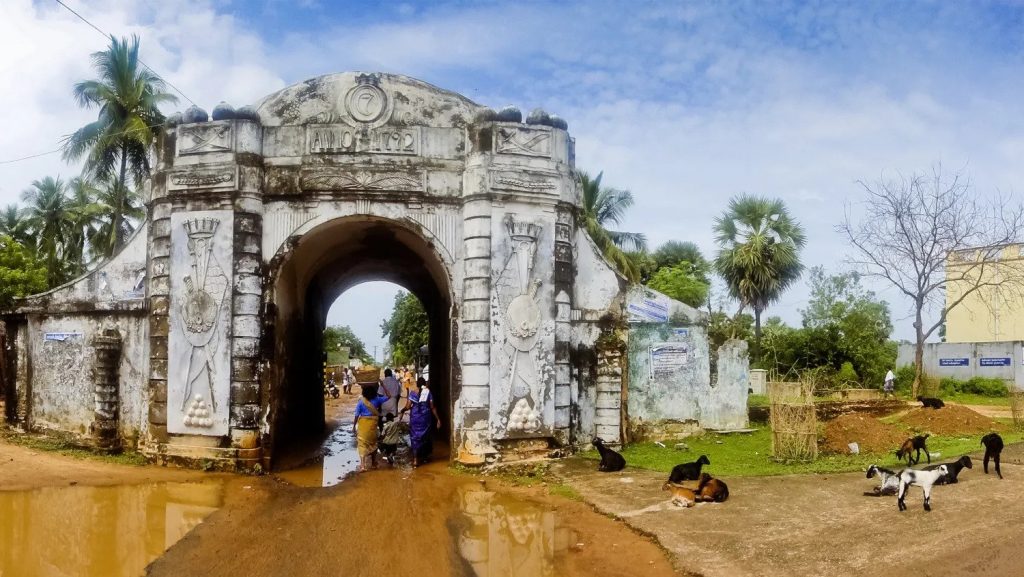
This is one of the first things that catch the eye as one enters from the Royal gateway into the town. This bungalow is located right at the shore and overlooks the sea. It was once the royal residence of the Danish Governor.
As I approached the bungalow, I felt I was teleported from India to Denmark. The walls are painted bright yellow, and the windows are built in a European way. The location itself go the bungalow adds to its allure.
The Bungalow itself has royal and luxurious rooms, a large elegant dance floor and service area. I couldn’t imagine the number of anecdotes and secrets this bungalow must have held. Once again I saw history unfold before me, as I could see the very many ladies in three ball gowns heading to the dance area, and elegantly swaying to some classical music. What a feeling it must have been!
Heritage Walk
One of my favourite activities in such historical towns is to just walk around. It may sound boring to some, yet so many insights and knowledge can be gathered by just walking around, that can never be found in google or textbooks.
I started at the town gate or Landporten as the Danes called it, and then walked across to the colourful Kings street. As I stepped on Kings Street, I felt I was teleported back in time. The street is lined with colonial-era houses, horse carriages and cobbled streets. On one end was the Danish Bungalow and on the other was the maritime museum.
From there I made my way to the Zion church- which was the First Protestant church in India. I kept walking until I reached the Fort once again.
Towards the Bungalow side, I reached the Masilamani Nathar Temple- which is at the Beachfront and now lay ruined by the tsunami.
My walked came to a halt at Danish Cemetery, which now lay barren save for the few white tombstones that still give an eerie feeling.
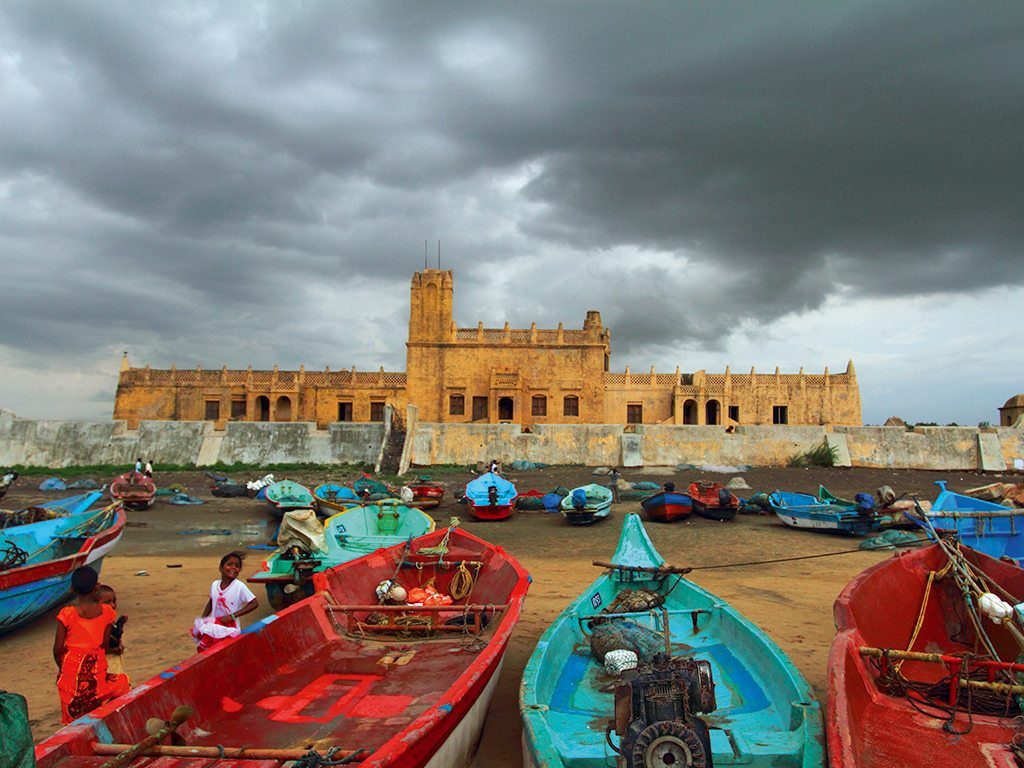
Best Time to Visit
Tranquebar is a coastal town, which tends to get quite warm during Summer even though the sea breeze makes the place for bearable. August to March is actually a great time to visit since the warm sea breeze and the clear skies add to the charm of the place. The weather is also pretty convenient during this time.
The town is prone to cyclones so the monsoon months, that is October and November should be avoided.

